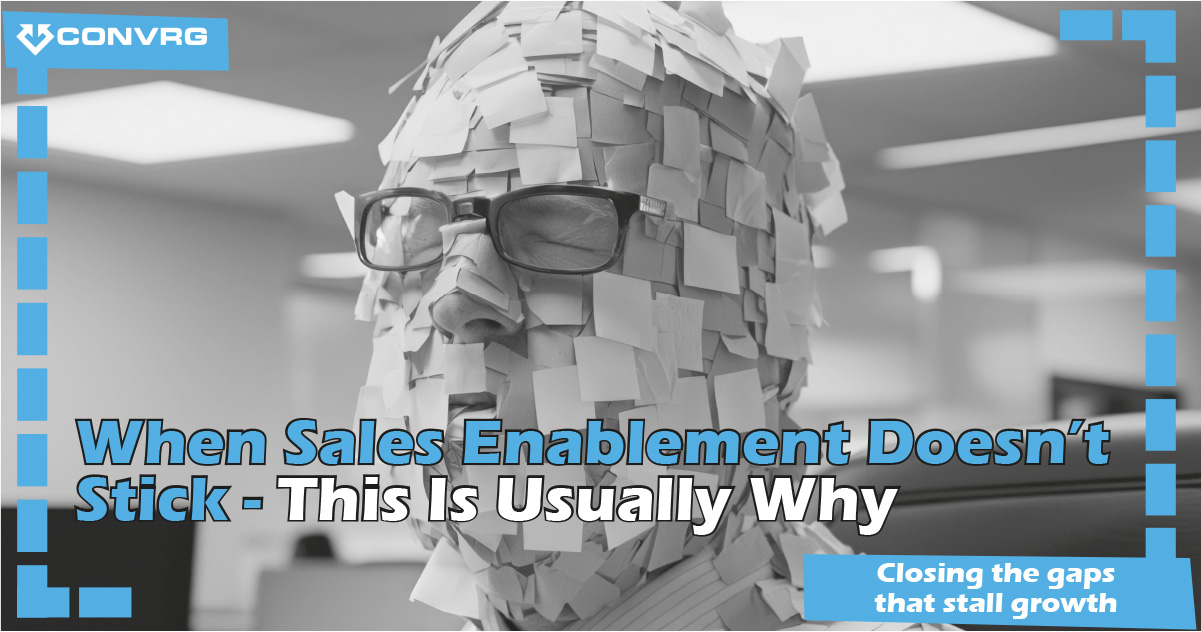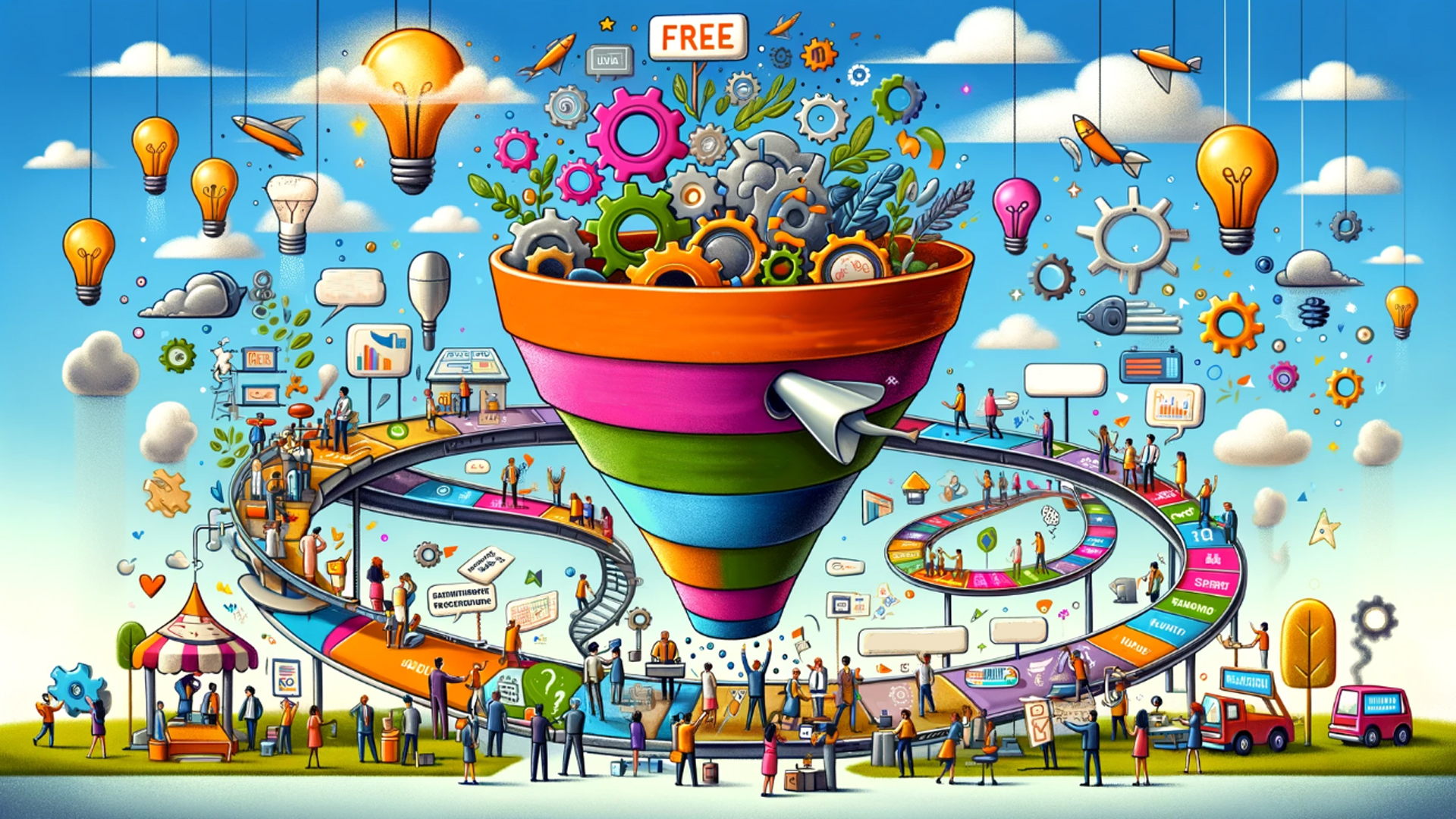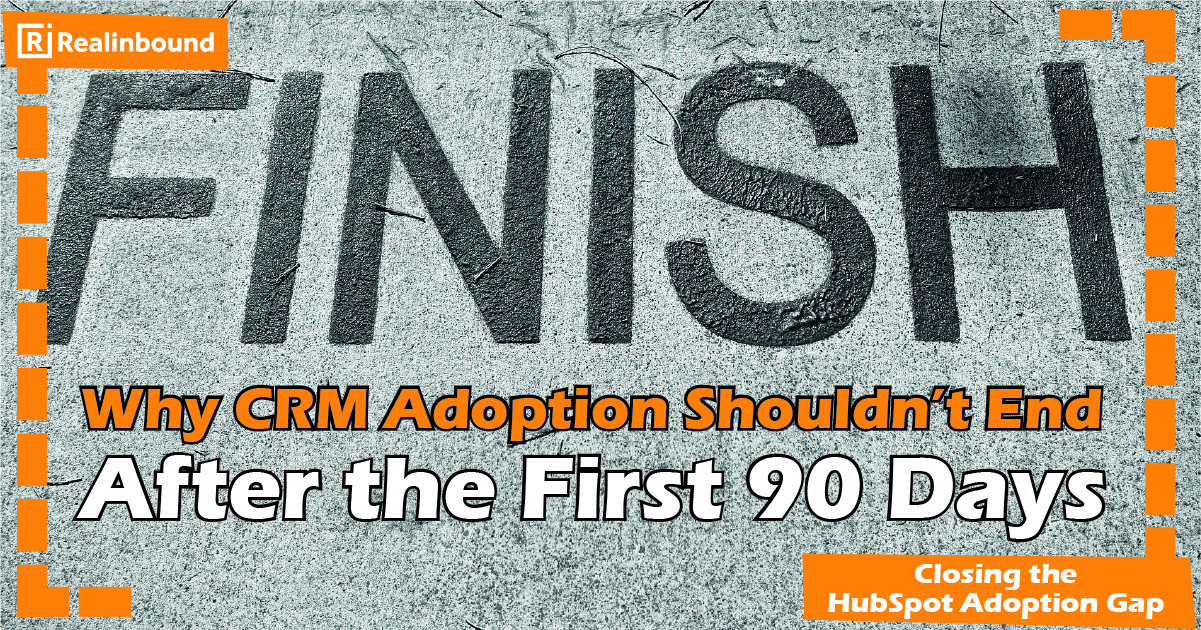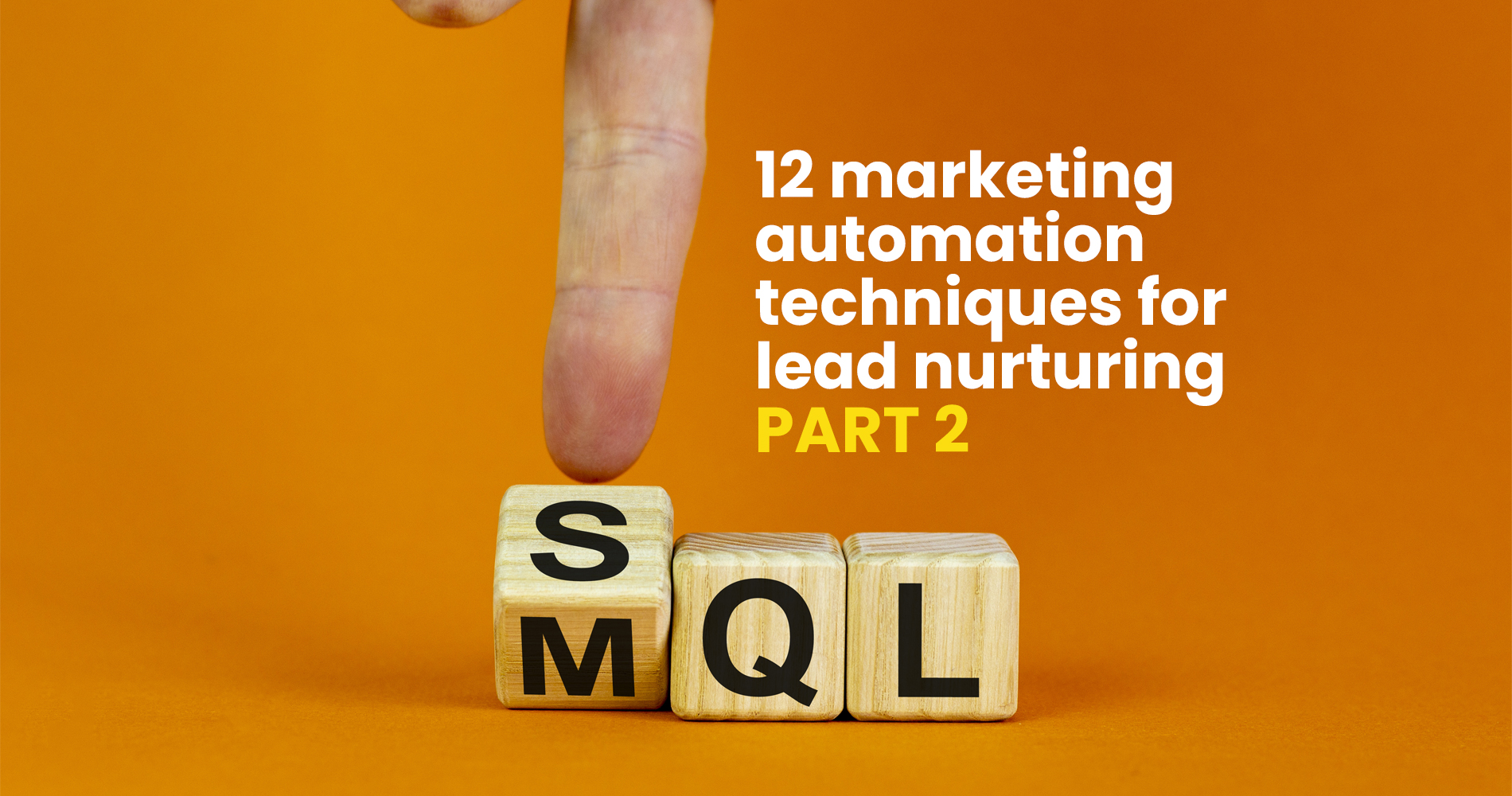Introduction: The Enablement Mirage
You invest in sales enablement. You build playbooks, create collateral, run training, and even bring in consultants. For a few weeks, the team seems engaged. People adopt new habits. Managers feel hopeful.
But fast forward three months and the excitement has faded. Reps are back to their old ways. Playbooks are gathering dust. Training material is forgotten. Collateral is unused. The enablement project you invested in has not delivered lasting change.
Sound familiar? You are not alone. Many scaling businesses discover that sales enablement looks effective on paper but fails to stick in practice.
This article explores why that happens. We will look at the common reasons sales enablement fails, the leadership dynamics behind it, and how you can create an operating system that makes enablement sustainable.
The Sales Enablement Boom
Sales enablement has exploded as a discipline in the past decade. Teams invest in:
- Onboarding programmes.
- Content libraries.
- Call scripts and playbooks.
- Sales training workshops.
- Technology to streamline outreach.
The theory is simple: give Sales the tools and knowledge they need, and performance will improve.
And sometimes it works - in the short term.
We have all seen the "new initiative effect". After a workshop, everyone is motivated. For a few weeks, metrics improve. Then, slowly, old behaviours creep back. Reps revert to comfortable habits. Managers stop enforcing new routines. The enablement tools become optional, and adoption falls.
So why does this happen?
Why Sales Enablement Fails to Stick
There are four recurring reasons why enablement initiatives fade.
- Enablement is treated as a project, not a system
Many businesses treat enablement like a box to tick. They run a one-off workshop or create a new playbook and expect lasting change. But enablement cannot be event-based. It needs to be embedded into the daily rhythm of the business.
When enablement is seen as a project, adoption peaks briefly and then collapses.
- Content is disconnected from reality
Enablement teams often produce material that looks great but does not reflect what reps actually face in the field.
We worked with a software firm that had beautifully designed playbooks - but they described a sales process that almost nobody followed. Reps ignored them because they were not practical.
If enablement material does not mirror real conversations and real challenges, it will not be used.
- Leadership does not reinforce the change
Enablement succeeds only when leaders make it part of their management control system. If managers do not coach to the playbook, if meetings do not reference the material, if dashboards are not aligned to the new behaviours, the initiative withers.
Enablement is not self-sustaining. It needs leadership reinforcement.
- The CRM is not aligned
Perhaps the biggest killer of enablement is a misaligned CRM. If HubSpot stages do not reflect the playbook, if data capture does not support the process, if dashboards do not measure the right behaviours, then reps cannot apply what they learned.
We have seen businesses spend thousands on enablement, only to find that HubSpot is still configured around old processes. Reps had to choose between following training or using the CRM. Inevitably, they chose what was easiest - and the enablement faded.
The Leadership Gap
At the heart of failed enablement is the same issue we saw with CRM adoption: leadership.
Enablement cannot be outsourced to a consultant or confined to a training team. Leaders must embed it. That means:
- Setting expectations that playbooks are not optional.
- Coaching and reviewing against the new process.
- Using CRM data that reflects the enablement framework.
- Holding people accountable to the new ways of working.
Without leadership reinforcement, enablement becomes "extra work" rather than "the way we work".
The SIMPLIFI Perspective
At CONVRG, we use the SIMPLIFI Framework to help businesses embed enablement and adoption sustainably.
SIMPLIFI is built on eight stages:
- S - Setting the Scene: Define the context, strategy, and leadership commitment.
- I - Innovate: Explore new ways of working and build buy-in.
- M - Map the Processes: Align CRM, pipelines, and playbooks with reality.
- P - Plan the Way Forward: Set milestones and accountability.
- L - Lead the Execution: Ensure leaders model behaviours and reinforce them.
- I - Implement the Systems: Configure HubSpot to support enablement.
- F - Fix What Breaks: Rapidly resolve friction points that undermine adoption.
- I - Iterate, Iterate, Iterate: Continuously improve rather than treat enablement as a one-off project.
The difference is clear. Instead of enablement being an isolated initiative, it becomes part of an operating model. It is tied to strategy, leadership, and systems. That is why it sticks.
Case Study: Frontier Medical
Frontier Medical wanted to improve sales alignment. They had invested in enablement before but saw little long-term impact. Reps were not adopting the new processes.
Using the SIMPLIFI Framework, we realigned their pipelines, rebuilt dashboards, and embedded leadership accountability. The result was a 94 percent increase in qualified leads and a 483 percent rise in attributable revenue.
The difference was not in the training itself but in how it was embedded. Enablement became part of daily management, reinforced by HubSpot, and driven by leadership.
How to Make Enablement Stick in Your Business
If you want sales enablement to deliver lasting results, here are five steps to follow.
- Start with leadership commitment
Enablement must be owned by leadership. Make sure your Sales Director and COO are visibly driving the initiative.
- Align enablement with your CRM
If your playbook says one thing but HubSpot shows another, adoption will fail. Redesign your pipeline stages, lifecycle statuses, and dashboards to reflect the enablement framework.
- Make enablement part of daily rhythm
Use playbooks in pipeline reviews. Coach reps on real calls against the framework. Build dashboards that show progress against enablement goals.
- Remove friction fast
If reps complain that HubSpot takes too long to update or that dashboards do not reflect reality, fix it quickly. Friction is the enemy of adoption.
- Iterate constantly
Enablement is not a one-off project. Review it regularly, gather feedback, and evolve. When reps see that the system adapts to reality, they will engage.
Conclusion: From Fragile Initiatives to Sustainable Systems
Sales enablement often fails because it is treated as a one-off project. Training sessions and playbooks spark temporary excitement, but without leadership, CRM alignment, and reinforcement, the change does not last.
To make enablement stick, you need an operating model. That means leadership-led adoption, processes aligned to reality, systems configured to support behaviour, and continuous iteration.
That is what the SIMPLIFI Framework provides: a way to embed change so that enablement becomes part of how you operate, not a short-term initiative.
Next step: Download the SIMPLIFI Framework guide to see how you can embed sustainable enablement in your business.






